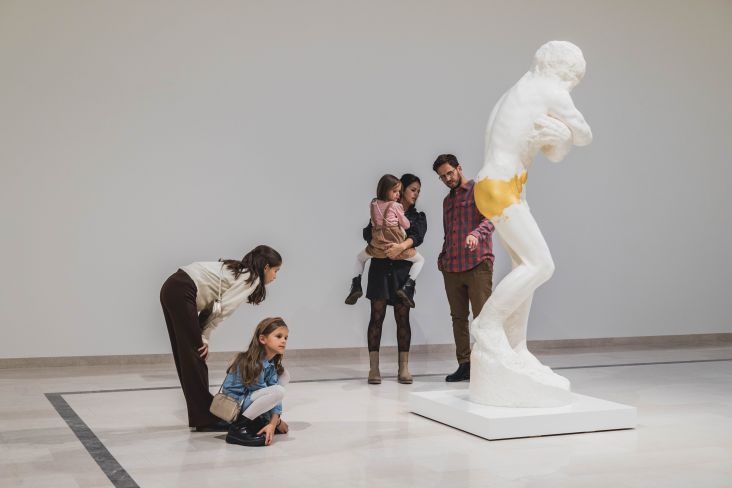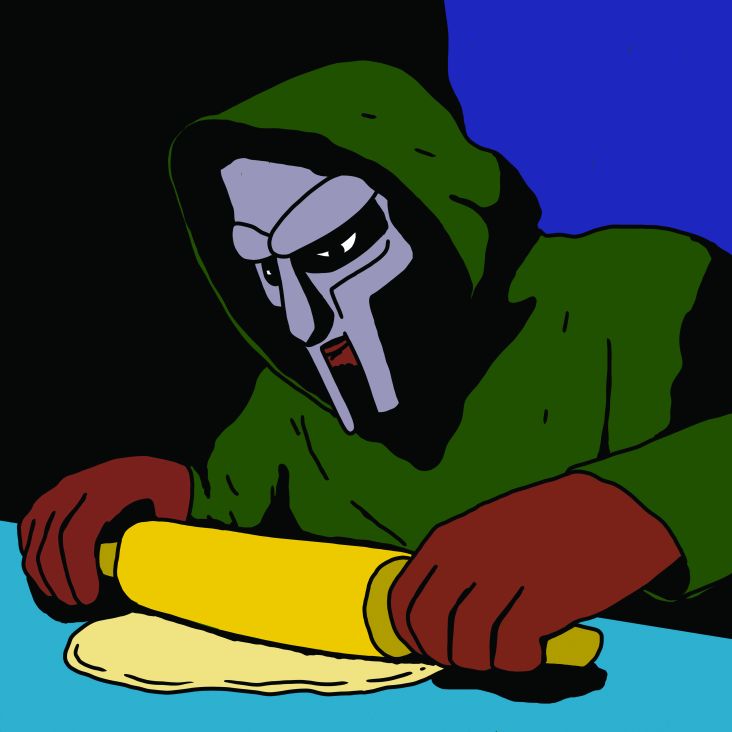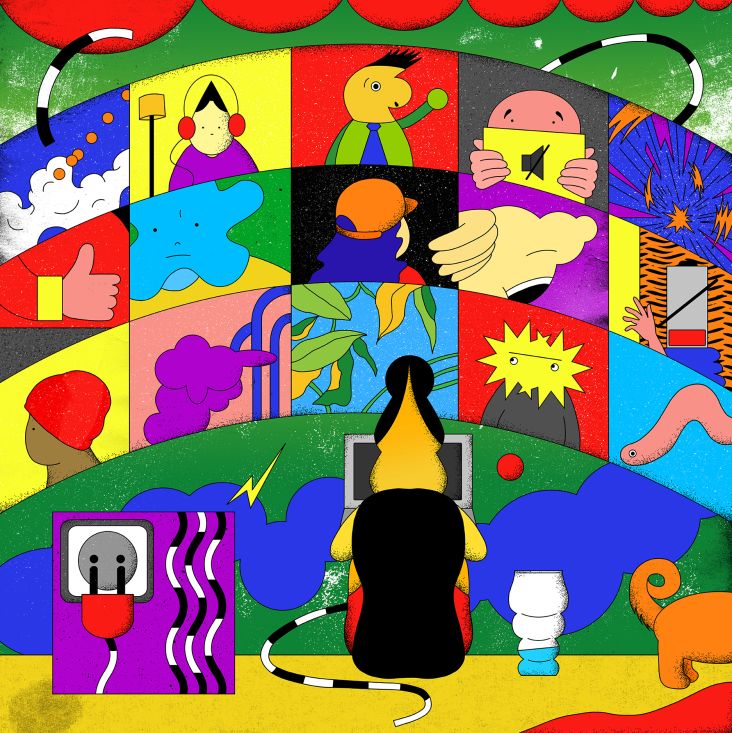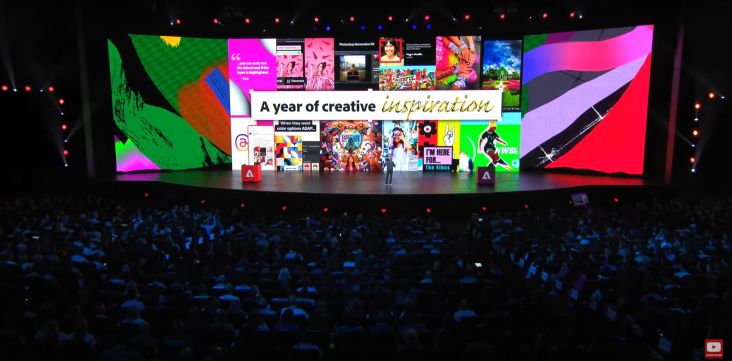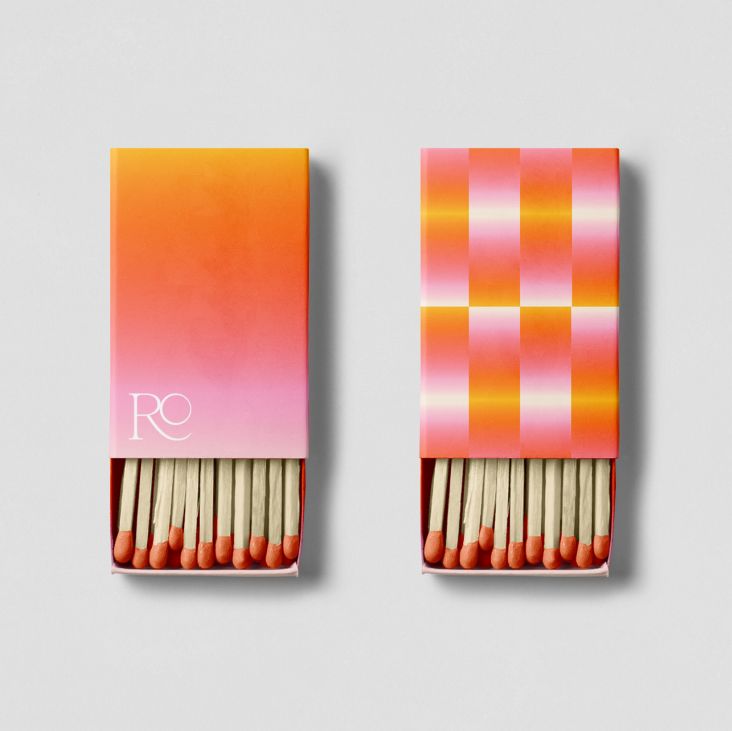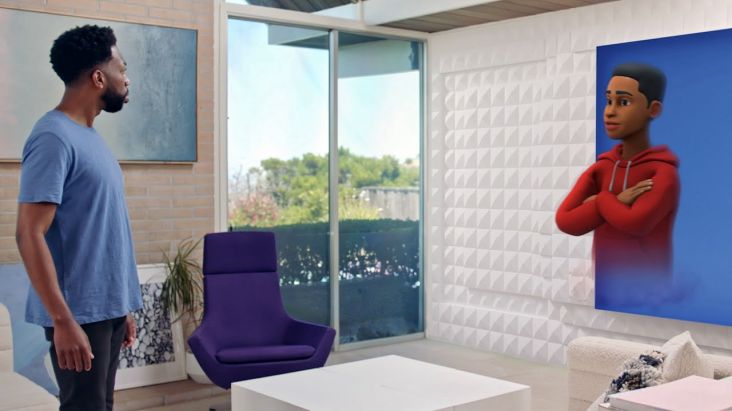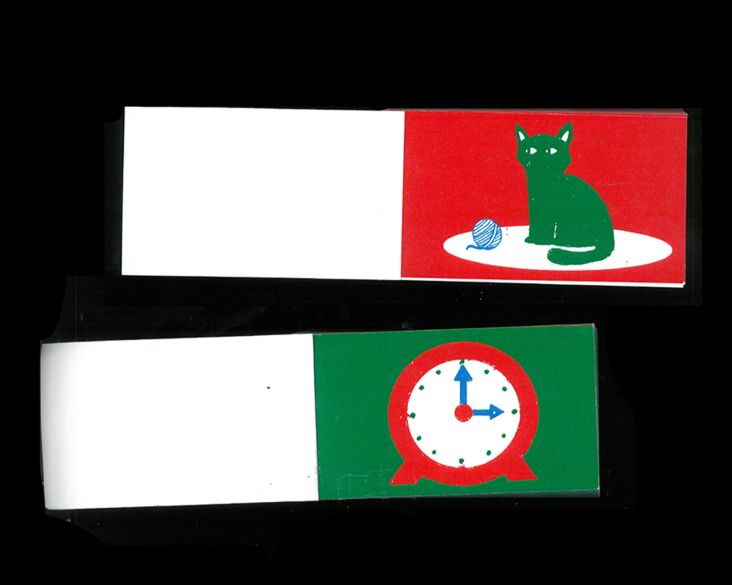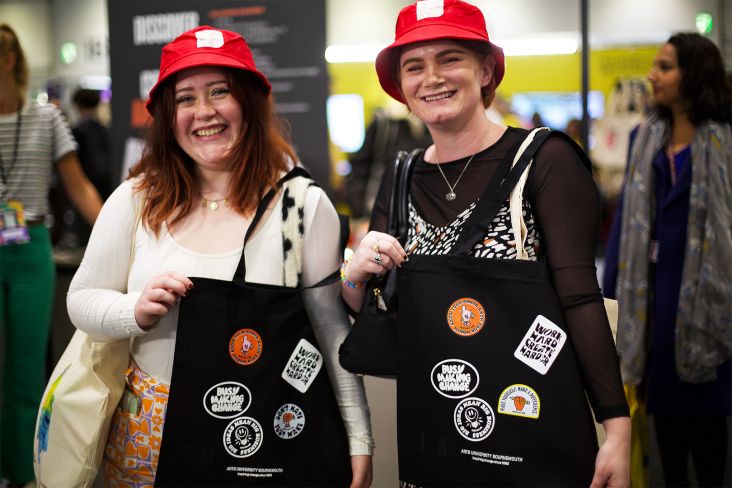Designer Ferran Feixas on why social media has been a force for good in branding
Designer Ferran Feixas has worked with some of the industry's most iconic agencies, from Pentagram to Interbrand, Wolff Olins to Mother Design. In our exclusive interview, he shares his views on the positive influence of social media, how the pandemic broke down barriers, and the need to design sustainably.
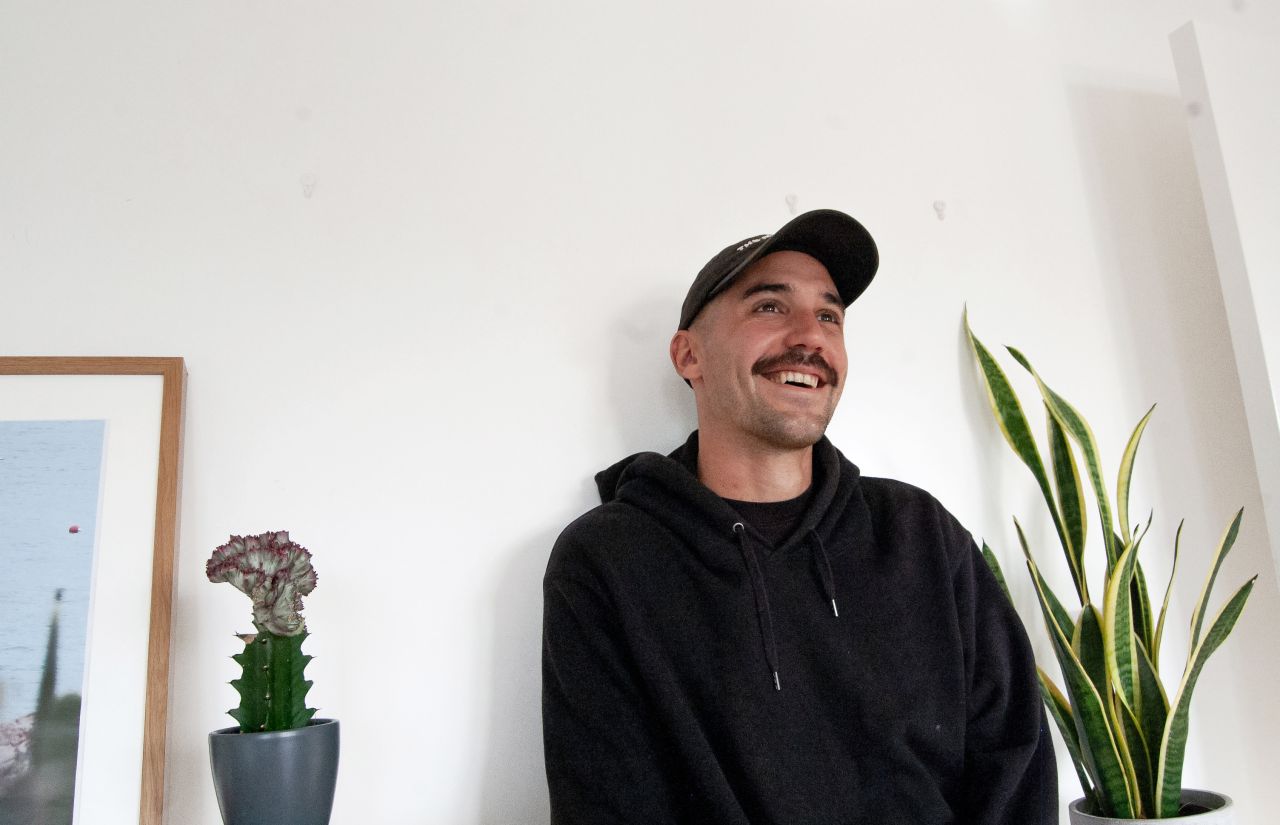
As journalists, it has to be admitted: one of the failings of our profession is a tendency to focus on the negative. At Creative Boom, of course, we try to focus on the positive: championing new talent and the best work.
Of course, that doesn't mean we shouldn't call out problems where appropriate or give a platform to dissenting voices. Our recent interview with Teemu Suviala on why today's brands are too bland is a case in point. And we continue to share our audience's widespread concerns about the rise of AI and the issues surrounding social media.
But we're also keen to find balance, and plenty of creatives have positive things to say too. Case in point, freelance designer and art director Ferran Feixas doesn't hate on social media. In fact, he puts forward an argument you don't often hear: that it's actually responsible for pushing branding barriers beyond across the board.
"Today, nicely designed brands are no longer the exception but rather, the norm," he says. "A few years ago, when I started in the industry, implementing branding was a new, exciting trend for forward-thinking brands to get ahead of the curve and launch themselves over competitors. Brands were generally going all out for strong, cool visual identities and championing heavily designed merch with a strong brand presence: tote bags being the undeniable queen of the party.
"Nowadays, good design has become an industry-wide standard, and it's no longer enough of a determinant factor to give brands significant relevance. To achieve that, brands currently need to go far beyond design to connect with their consumers.
"Social media has been a major factor in this shift," he argues. "And it has forced brands to reimagine the way they connect with their public. Branding nowadays is much more about behaviour than it is about design itself.
"Often, brands opt for focusing on dynamic and engaging social media strategies that identify how consumers behave online and ensure they make themselves present within those channels, borrowing their established design language. Content no longer needs to be highly polished and carefully curated, but rather engaging, witty, and of the moment. Or in some cases, a combination of both.
"Brands I have worked with in the past like Earnin, AO, Apothem or A Plastic Planet are a great example of finiding new ways to engage with their public through social content."
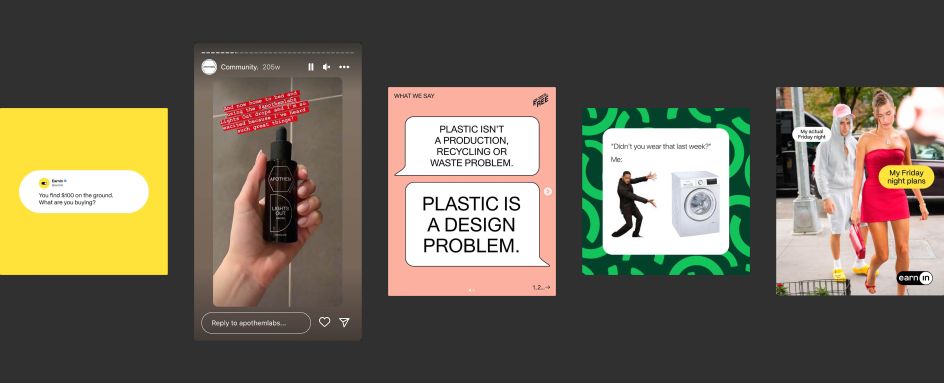
Social Posts
Print to digital
It's a compelling argument, and made with the passion that's characteristic of the Catalan creative, who currently lives in London and works for a range of transatlantic clients.
It's also one based on more than a decade of experience, in an era when the profession has made a transformative shift from print design and packaging to digital. And Ferran's own career has followed this exact trajectory too.
"Earlier in my career, I often worked on print design projects that included a range of editorial pieces, business cards, physical invites and product packaging," he recalls. "At studios like Studio Makgill and Made Thought, most clients were highly concept-driven with strong, inspiring narratives that informed everything they did.
"Branding relied heavily on print, choosing the right paper, texture, and print processes," he continues. "All these things were crucial to create a tactile identity that reinforced the brand concept. A great example is health brand The Nue Co., a client I worked for at Made Thought. They stand for purity, quality and simplicity, and these values inform everything they do, from product to design."
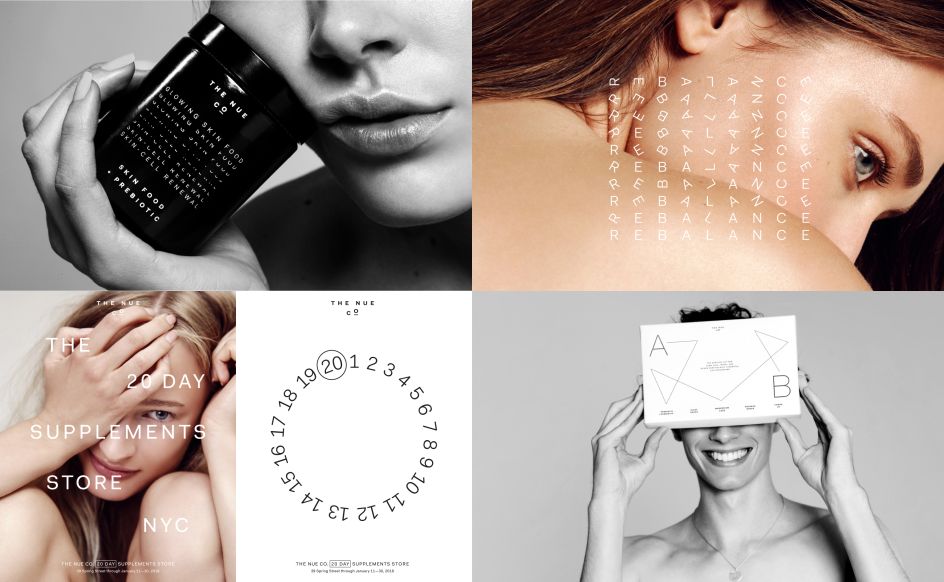
The Nue Co.
The Nue Co.
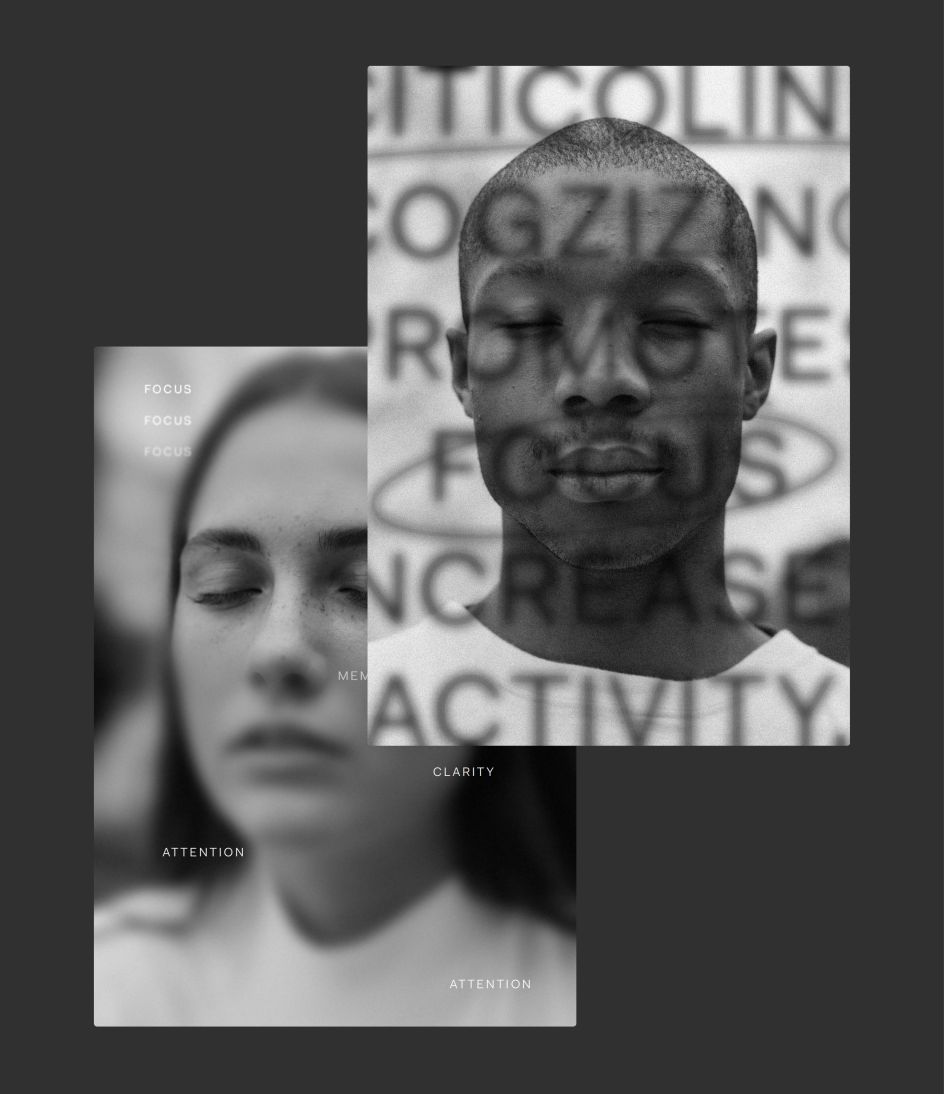
The Nue Co.
When he left Made Thought and started working for larger brands, though, the focus shifted from print to digital design to reach wider, less-localised audiences. "Quite suddenly, I had lost the tactile and sensorial impact I was used to working with, and had to create engagement through digital screens.
"Prompted by the core editorial skills I developed in print, I had to readjust my mindframe and incorporate the wonders of motion and other digital resources into my work. What was once a static canvas was now one with infinite layers and several different dimensions, such as time, sound and reactivity."
About a year before the pandemic hit, Ferran went freelance, and worked for a number of small, boutique studios in London including Any Other Name, Accept & Proceed, Here Design and Winkreative.
"Back then, my clients were mostly small businesses that wanted refined, crafted design solutions and often required collaborating with local, talented young people to carry out shoots, post-production, visualisations and other project needs."
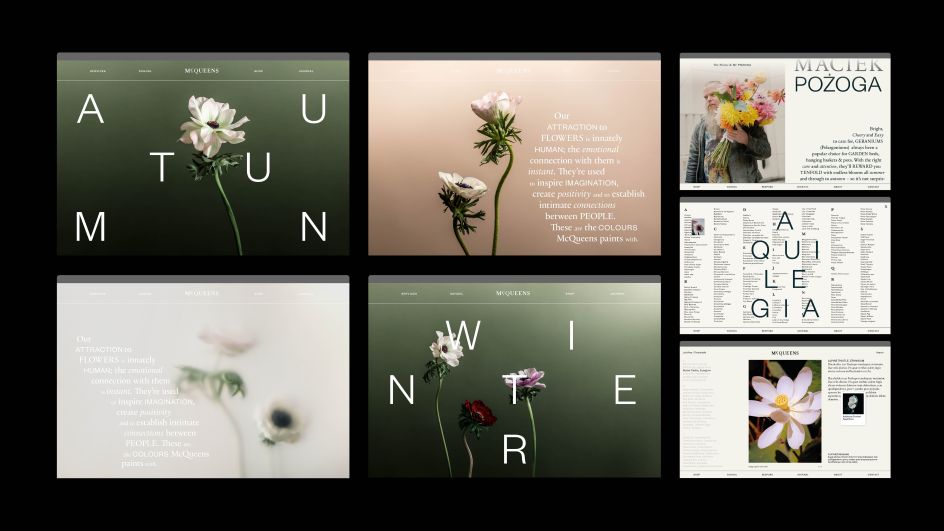
McQueens Flowers
Beyond the barriers
Then came the pandemic. "It totally challenged freelancing in these environments, so I broadened my horizons and started looking overseas," he recalls. "Geographical barriers were dropped and it no longer mattered where you were. So I reached out to studios I'd always looked up to, from all over the globe. And once the pandemic's economical pressure eased off, I managed to start working for US-based larger agencies with bigger clients and budgets.
"Transitioning to global projects with a full 360° branding approach helped me grow and develop creative thinking far beyond the graphic barriers I was used to think within," he adds. "It was extremely new and exciting to start incorporating into my thinking process things like content creation, activations, collaborations, social media strategies, campaigns, and exciting location shoots with big photographers."
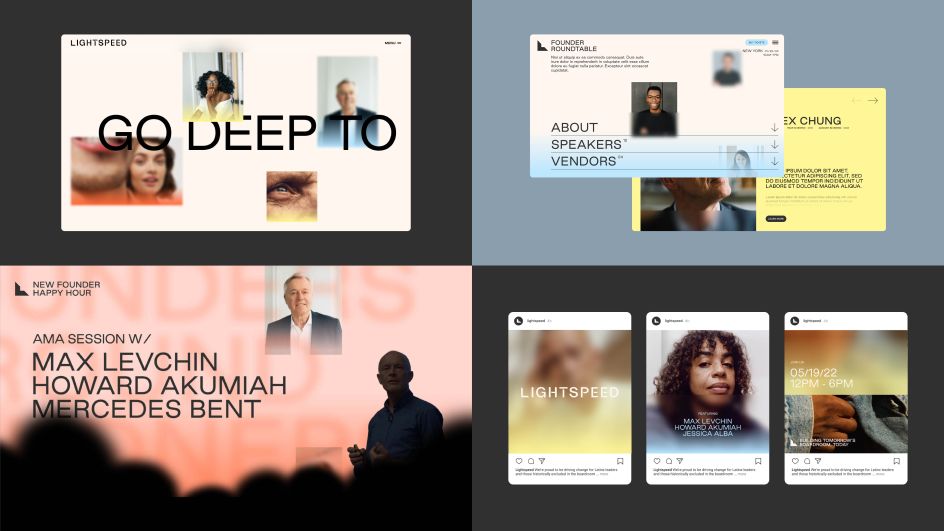
Lightspeed
He continues: "All of a sudden, these were all likely to be approved and materialised if we convinced the client to believe in them. A great example of many exciting collaborations is the work I did for Lightspeed with Koto Studio, where we were tasked with reframing their strategy and branding, including website and social media approach."
Advice for freelancers
In short, going freelance has been a positive move for Ferran. "After a few years of professional experience, having built up a portfolio, and gained an understanding of how the industry works, jumping into freelancing was not a wild one for me," he explains. "Thanks to some direct contacts and with the help of recruiters, I've always managed to find fairly regular work and haven't struggled to find the next thing for too long. Ridding myself of shame, dropping all self-doubts, and adopting a proactive mindset to reach out to people I admire have been real game-changers."
That doesn't mean it's all been easy. "I would hardly ever get the desired answer from them, or no answer at all," he clarifies. "But getting the conversation started and your work in front of them is often the toughest one to break. Once you're on their radar, you might just be one step closer to being asked for availability and, that aligning, collaborating together."
Building a tough skin to cope with rejection is another important part of it. "You absolutely have to," Ferran stresses. "There's no way around it. During my years of freelancing, I've learned to deal with countless studios and clients not reaching back, recruiters and talent managers ignoring my emails.
It comes with the job, and you learn not to take it personally as you understand how projects take over everyone's time and mind, and everything else falls into second or third place, and quite often into oblivion after that.
"Recruiting needs are bound to project demands, which can swiftly and unexpectedly change from one day to the other. So after having several 'hard-hard pencils' fading into the wind, you realise there's nothing you could have done differently that might have changed the outcome. It's simply out of your hands."
Despite his freelance success, though, Ferran is currenrtly considering forgoing his independent status. "I feel like I'm reaching a point in my career where in order to continue progressing, it'd be good for me to join a creative team full-time," he explains.
"I've thoroughly enjoyed these last few years of freelancing where I've led projects and had full creative independence, often having a wider team to support and direct the work. But despite savouring this great freedom and creative licence in my recent work, I believe the next challenge will be for me to become fully immersed in team dynamics, and perhaps step back into a more overseeing role. Shifting from being brought into projects for the design and art direction phase to becoming a part of it from the very start, including strategy and ideation through to its completion."
Passion for the planet
However he works in future, though, one thing's for sure: Ferran is passionate about being a force for good, and promoting sustainability wherever possible.
"Early in my career, I was lucky enough to work with a new and exciting client called A Plastic Planet," he recalls. "It was run by energetic and passionate women who were able to inspire and spread their love for the environment and the planet in me. Working closely with them and leading exciting projects like the world's first plastic-free aisle showed me the importance of designing something you truly believe in and creating change."
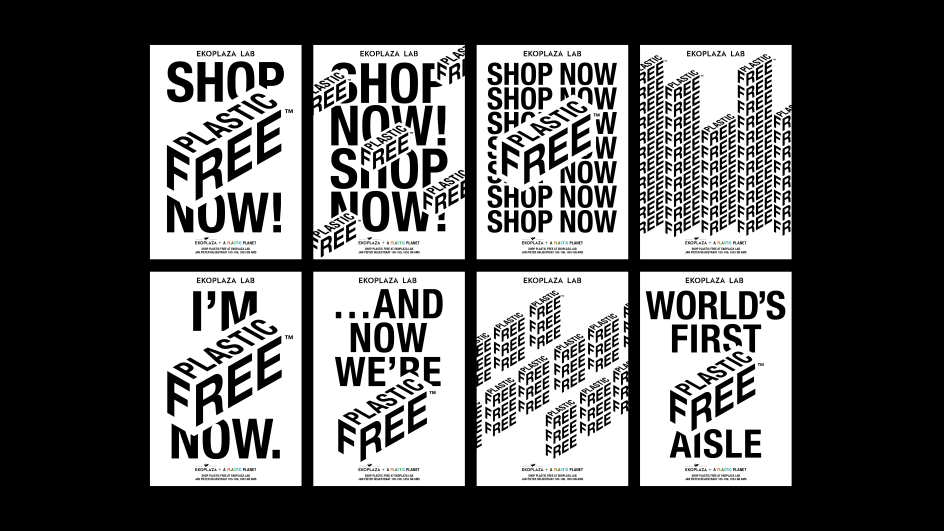
A Plastic Planet
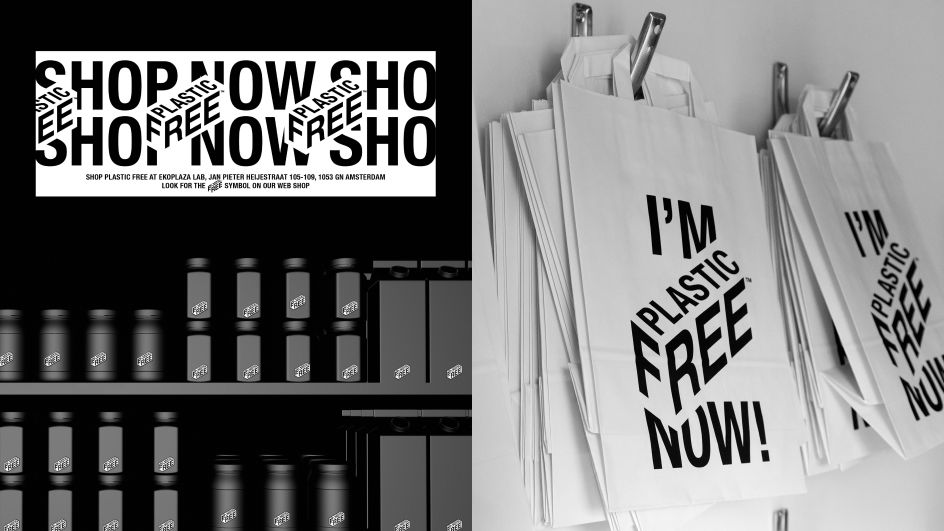
A Plastic Planet
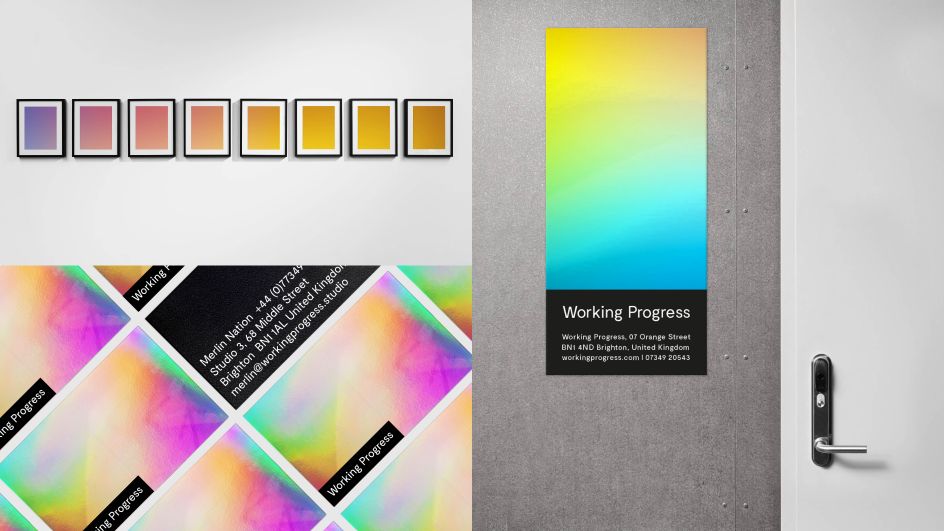
Working Progress
He adds: "A testimony of its influence on me was the push we did, together with the team at Made Thought, to become a totally plastic-free office, which earned me the nickname of 'Plastic Police'. Since then, and to honour my new nickname, reducing the amount of disposable material and finding more sustainable alternatives has always been paramount in my work."
Another example of sustainable, ethical thinking was the work he did at Studio Makgill for Working Progress, a value-driven animation studio that helps organisations achieve positive change for people and the planet.
Aid from AI
All this, of course, comes under the shadow of AI and what how it may transform the profession once more. But while many are wary of it , Ferran declares himself a fan. "Although probably because I still don't grasp its full potential and use it only as an everyday tool," he notes.
"So far, AI has proven incredibly helpful in gathering information, spell checking and refining emails and other bits of copy," he adds. "Sometimes it's hard to start with a blank canvas and come up with something from scratch, so relying on AI to break the nothingness and to throw in some inspirational points you can use as starting thoughts has made things easier for me.
"I just think of it as a really helpful tool that, when used well, can make your job and life admin a lot easier. I've yet to explore and understand its further implications, but for now, it's been a great tool to keep in my back pocket and refer to when needed."
Finally, it would be remiss not to point out that Ferran isn't just a designer, but has a passion for photography too. "Being involved in projects that rely on art direction to deliver ideas and concepts, participating in shootings and working in close quarters with talented photographers has really made me develop this passion for photography over the years," he explains. "To the extent that a few years back, I got myself a mid-level camera and started shooting around in my spare time, mostly when on holidays.
"Thanks to my work as an art director, I get to be inspired by incredibly talented photographers I have worked with, or by many others I wish to work with at some point. As a result of my recently acquired passion and through a collaboration with my close friend's printing business, some of my photography is currently being printed, framed and hung up to decorate people's homes and working spaces."
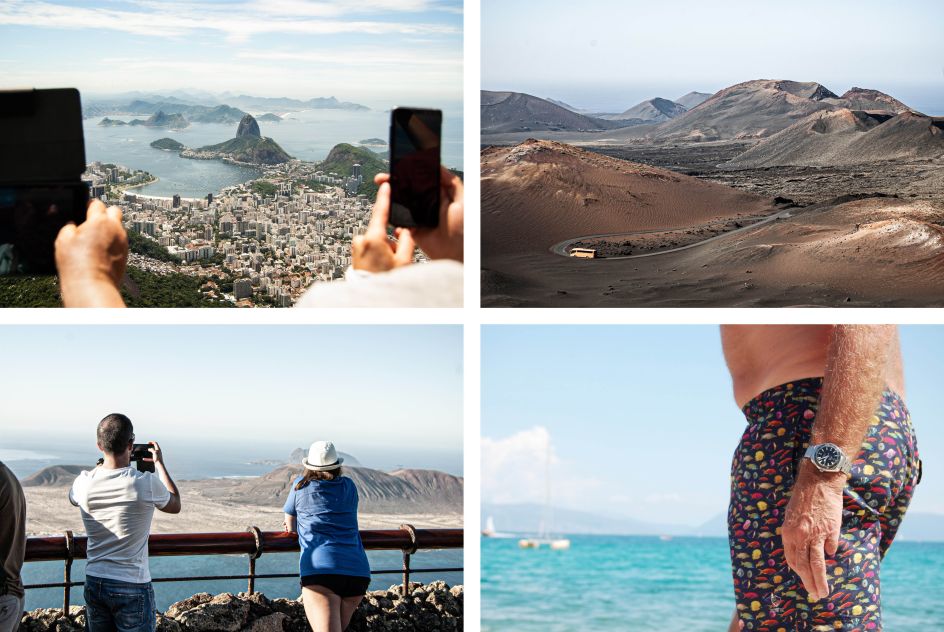
Photography




 by Tüpokompanii](https://www.creativeboom.com/upload/articles/58/58684538770fb5b428dc1882f7a732f153500153_732.jpg)


 using <a href="https://www.ohnotype.co/fonts/obviously" target="_blank">Obviously</a> by Oh No Type Co., Art Director, Brand & Creative—Spotify](https://www.creativeboom.com/upload/articles/6e/6ed31eddc26fa563f213fc76d6993dab9231ffe4_732.jpg)








